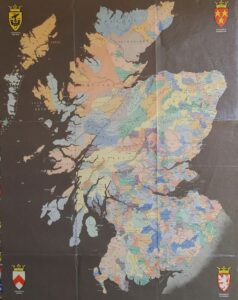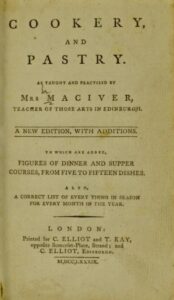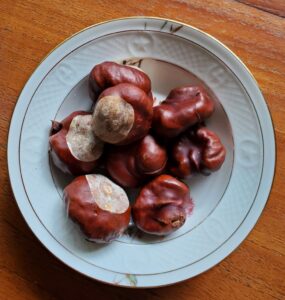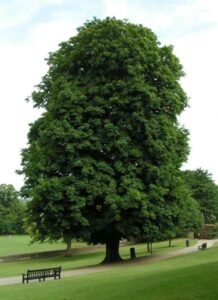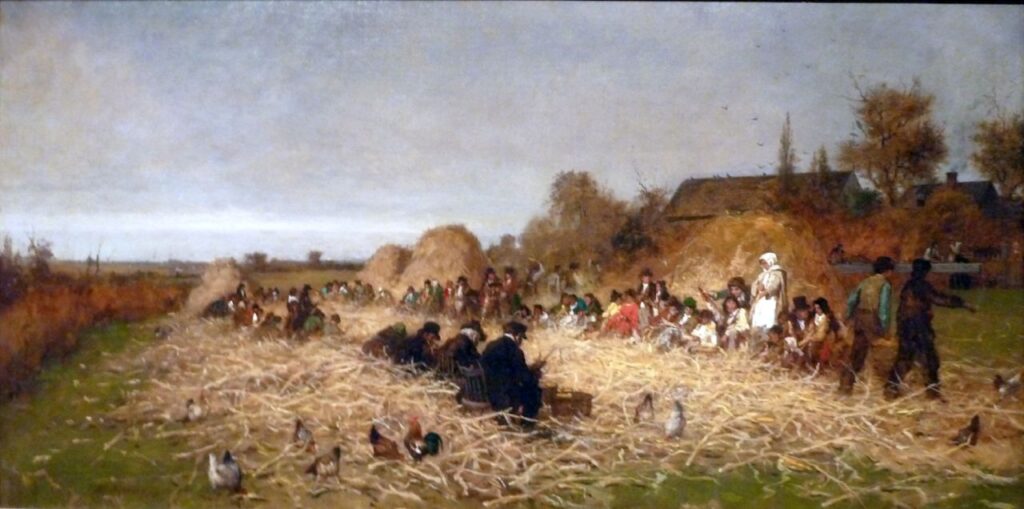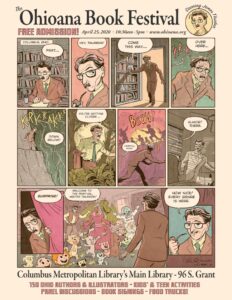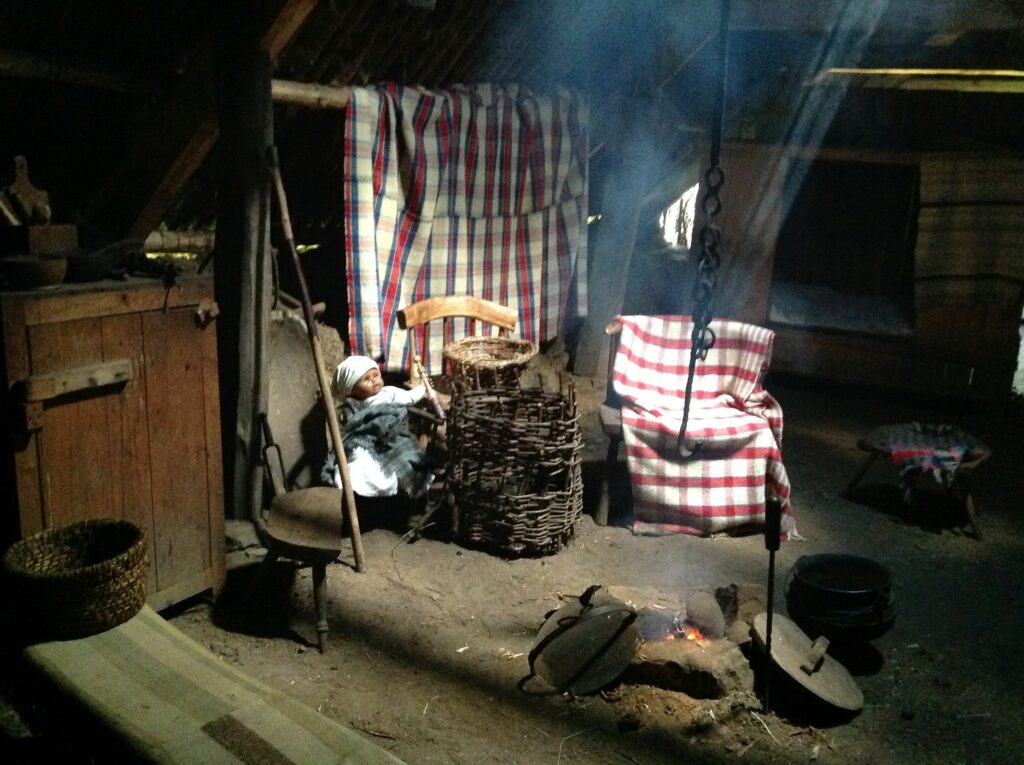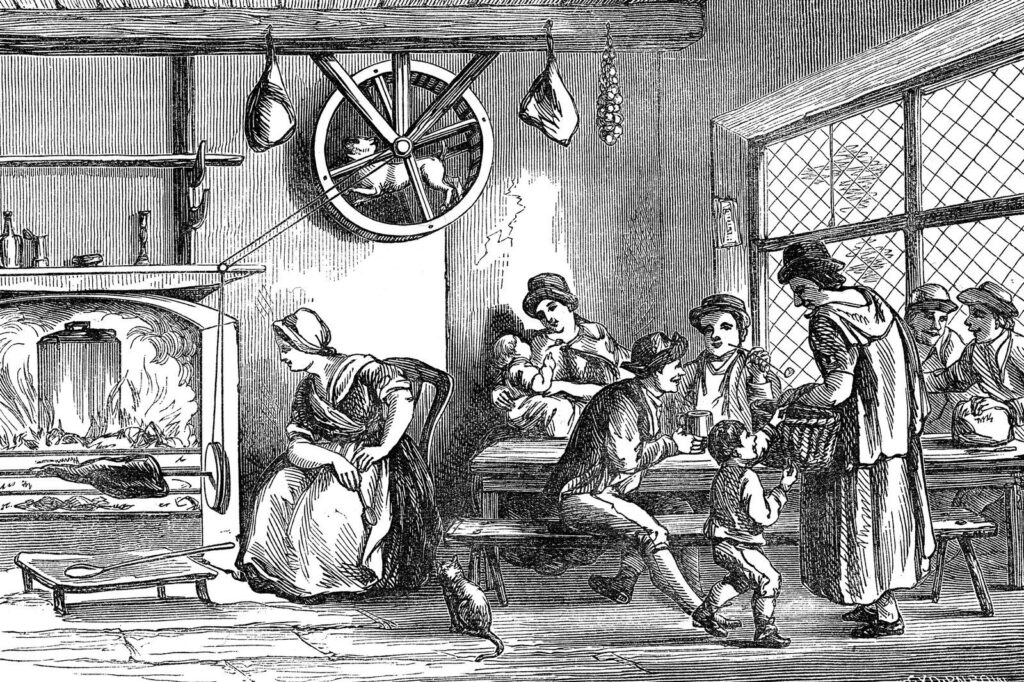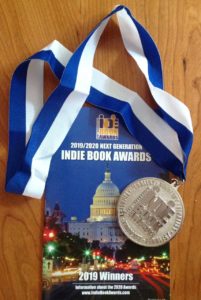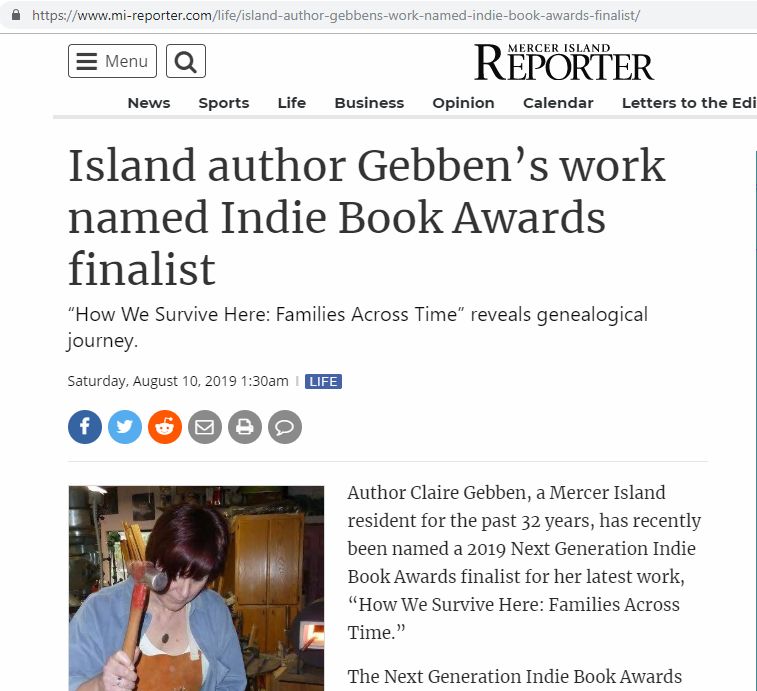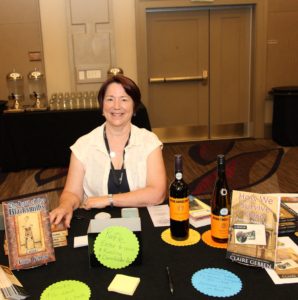Oh my! the book How We Survive Here has been out for a year now, and it’s been a wonderful ride. It’s always nice to hear from readers. Several people have commented to me, “It’s a great read. I was right there with you the whole way.”
The book is the story of my quest to trace and write about my ancestors, which culminated in the historical novel The Last of the Blacksmiths (2014). In addition to being a memoir, the book How We Survive Here also includes letter translations by my German cousin, Angela Weber, making the letters available for the first time to genealogists and scholars.
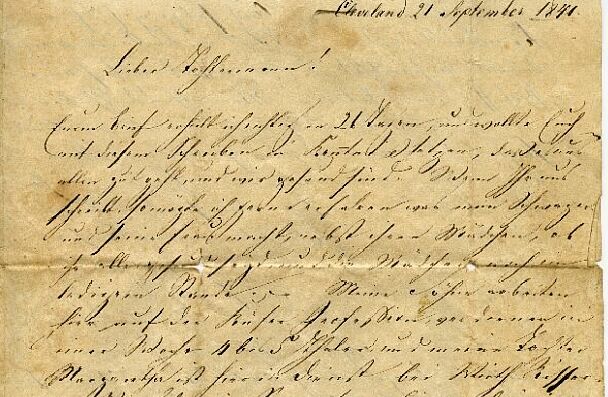
The letters were written in Old German Script, the cursive used in many German nation states up until the early 20th century.
Dating between 1841 and 1908, the letters are written from Cleveland to Freinsheim, Germany, by Philipp Henrich Handrich (1), Jakob Handrich (1), Michael Harm (23), Michael Höhn (1), and Johann Rapparlie (7). So many other surnames are mentioned. German immigration to Cleveland in the 19th century is a prime example of chain migration. After the first people came and got established, others from the same village followed.
In the back of How We Survive Here, I’ve included an index with page numbers noting where various names are mentioned. Below is the complete list of names.
Aul, Jacob / Aul, John / Aul, Philipp
Bender, Konrad
Beringer, Ana / Beringer, Georg and Jakob
Bletschers (see also, Pletschers)
Böhl, village of
Borner, Franz, Joseph and Ana
Butler, Ernst
Crolly, Adam / Crolly, Elizabeth (Harm) / Crolly, Gerhard / Crolly, Katherine
Dackenheim, village of
Dietz, Friedrich
Dürkheim/Bad Dürkheim, village of
Filius
Fischer, Ana
Försters
Francke
Freinsheim, village of
Frey
Fuhrmann, Johannes
Gonnheim, village of
Gros, Franz Wilhelm
Haenderich. See Handrich
Handrich, Philipp / Handrich, Jacob / Handrich, Jakob / Handrich, Johannes / Handrich, William
Handrich, Anna (Steinbrick)
Handrich, Katherina (Ohler)
Handrich, Katherina (Rapparlie)
Handrich, K. Elisabetha (Harm)
Handrich, K. Margaretha (Scheuermann)
Harm, Edna (Witte)
Harm, Elizabeth
Harm, Emma (Becker)
Harm, Henry / Harm, Johann Michael / Harm, Johann Philipp / Harm, Katherina (Kitsch)
Harm, Michael of Cleveland
Harm, Michael of New Jersey
Harm, Philipp
Häuser, Philipp
Hawer
Heinrich
Herr, Hans Philipp
Hischen. See Hisgen
Hisgen, Susannah Margaretha (Harm)
Hisgen, Gertraud (Hoehn)
Hoffman, Jacob
Höge, Jacob
Hoehn (see Höhn)
Höhn, Adam / Höhn, Frank / Höhn, Gretel / Höhn, Jacob / Höhn, Johannes / Höhn, Matthias / Höhn, Michael
Hoppensack, Henry F. and Maria Illsabein Hissenkemper
Hoppensack, Olga (Gressle)
Hoppensack, W. F.
Hucks, Jacob
Joh. Ehrhard
Kallstadt, village of
Kirchner, Philipp
Krehter
Kröther
Laises
Lebhard
Lederer, Heinrich and Kate
Leises. See Laises
Leycker
Martinger, Hans
Mäurer, Heinrich
Meckenheim, village of
Michel, Anna Maria (Selzer) 43
Michel, Jacob / Michel, Johann / Michel, Reichert
Oberholz
Obersülzen, village of
Ohler, Daniel / Ohler, Jacob
Ohler, Elisabetha Katherina (Handrich)
Parma, Ohio
Pletscher (see also Bleschers)
Rabalier. See Rapparlie, Johann
Räder, Nicholas
Rapparlie, Elizabeth
Rapparlie, Jacob / Rapparlie, Johann / Rapparlie, John / Rapparlie, Wilhelm
Reibold, Anna Elisabetha
Rheingönnheim, town of
Riethaler
Risser
Schäfer, Philipp
Schantz
Scherer, Martin
Scheuermann, George
Scheuermann, John
Schmidt Hannes
Schmidt, Paul
Schuster, Fred and Mary (Crolly)
Schuster, Karl
Schweizer, F. B.
Selzer, Jacob / Selzer, Jean / Selzer, Michael
Siringer, Jacob
Stein
Stenzel, Wilhelm
Steppler, Rev.
Stützel
Umbstädter
Umstader. See Umbstader
Wachenheim, village of
Weisenheim am Sand, village of
Wekerling, George
Wernz
Westfalia
Winter, Ludwig

